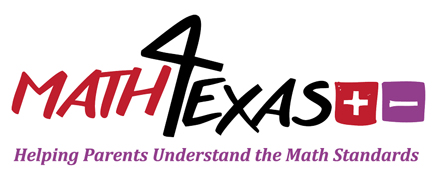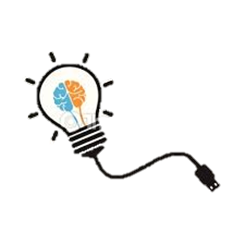T.i.P.S.
-
 Students will use simulations to represent simple and compound events with and without technology. A simulation is an experiment or model used to test the outcomes of an event. Simulations that require no technology include spinners, color tiles, two-color counters, coins, deck of cards, or dice. Simulations that require technology may include calculators, random number generator, or a computer model.
Students will use simulations to represent simple and compound events with and without technology. A simulation is an experiment or model used to test the outcomes of an event. Simulations that require no technology include spinners, color tiles, two-color counters, coins, deck of cards, or dice. Simulations that require technology may include calculators, random number generator, or a computer model.
Example
-
In planning for her birthday, Keilah is trying to predict which kind of ice cream each of her 10 friends will choose. Her friends can choose from chocolate, vanilla, strawberry, or cookies-n-cream ice creams. Which of the following could Keliah use to make her prediction of which kind of ice cream her 10 friends will choose?
a) Roll a six-sided die 10 times.
b) Flip four coins 10 times.
c) Spin a spinner with four equal different colored sections 10 times.
d) Draw either a heart, a diamond, a spade or a club from a deck of cards 10 times, with replacement.
Hint
Digital Tools
-
Click on the following links for interactive games.
TEKS
-
7.6 Proportionality. The student applies mathematical process standards to use probability and statistics to describe or solve problems involving proportional relationships. The student is expected to:
(B) select and use different simulations to represent simple and compound events with and without technology





 Click
Click 

